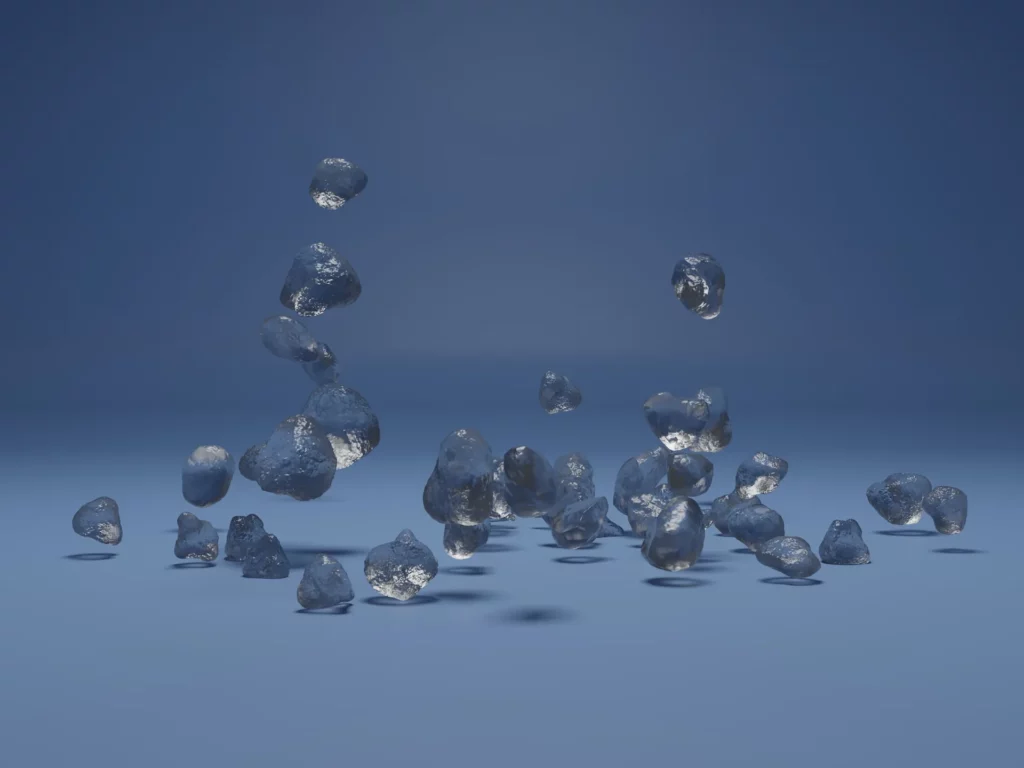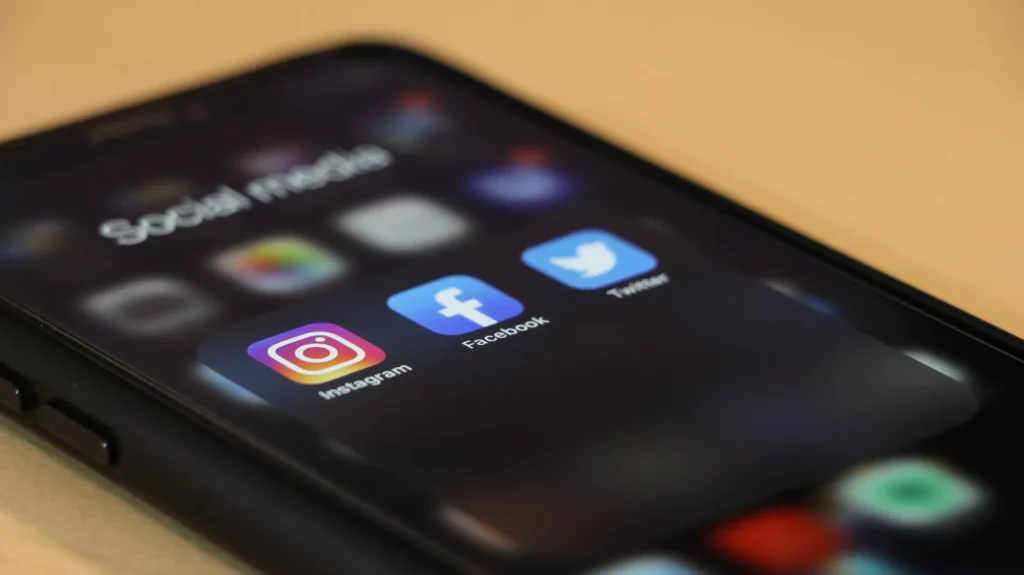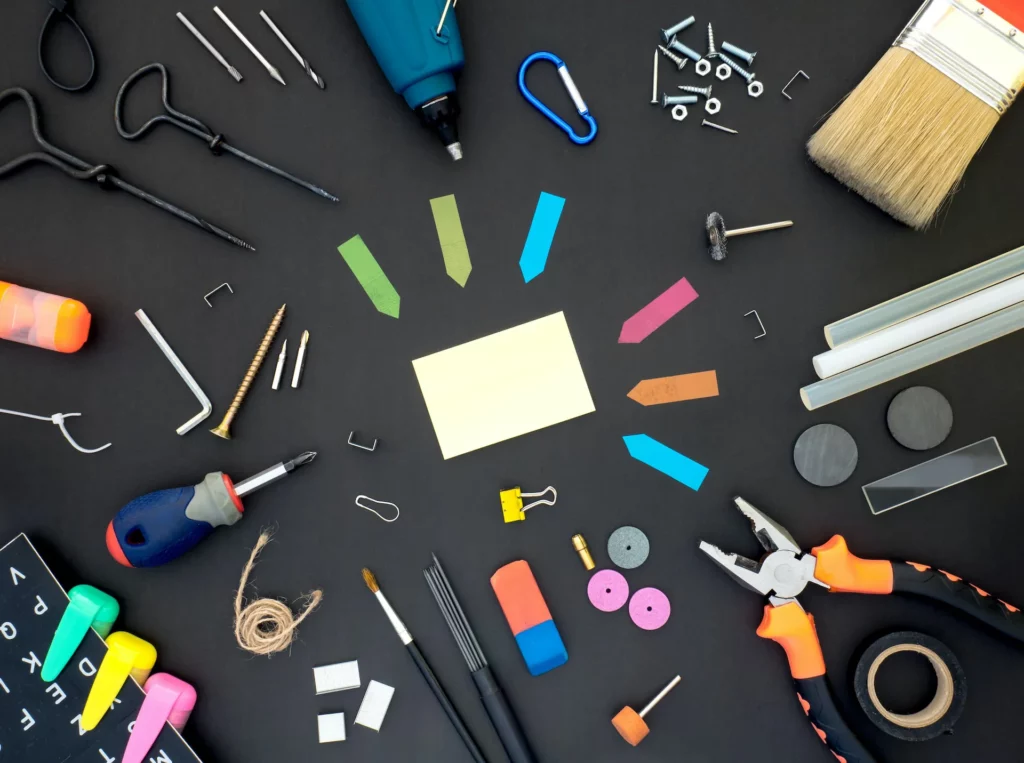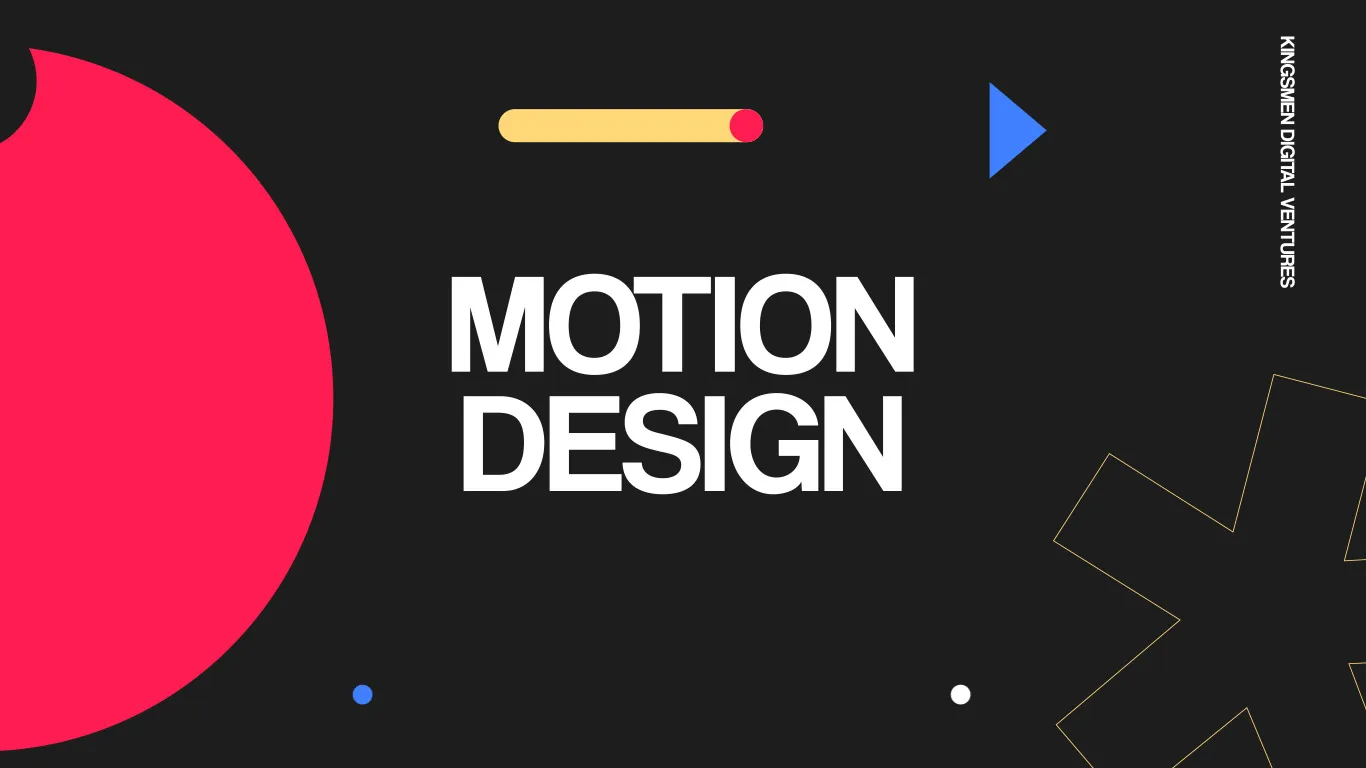As you probably already know, the challenge of capturing and holding the attention of your audience is increasing. With the constant influx of information and content, it’s essential to stand out and make a statement, and an impact. Enter Motion Graphic Design.
Motion design infuses animation, graphics, and sound to create beautiful and engaging content. We’re going to explore this technique, and its benefits, and provide some examples to inspire your next project.
What is Motion Design?

Motion design is a form of digital animation mixing text, graphics, and sound to create a positive and engaging visual experience. It’s often incorporated in video production, advertising, and digital media, conveying complex information in an alluring yet easy-to-understand format.
Motion design focuses on creating movement and visual effects to enhance the overall message; unlike traditional animation, which involves creating characters and telling a story. It’s a versatile medium that can be used in various contexts, from explainer videos to social media posts.
The Benefits of Motion Design
Motion design offers several benefits that make it a beneficial tool for businesses and content creators. Here are just some key advantages:
- Engaging and Attention-Grabbing: These graphics are eye-catching and can capture the attention of your audience quickly. The combination of animation, graphics, and sound creates a dynamic and immersive experience that keeps viewers engaged.
- Easy to Understand: Motion graphics are an effective way to convey complex information in a direct and simple format. By using visuals and animation, you can break down complex concepts and make them more accessible to your audience.
- Versatile: Motion graphics can be used in various contexts, from informational videos to social media posts; you can easily change them to work with different platforms and screen sizes. This makes them a beneficial tool for creating content.
- Cost-Effective: Compared to traditional animation, motion graphic design is a more cost-effective option. With the use of templates and pre-made assets, you can create these without breaking the bank.
Examples of Motion Design
Let’s take a look at some examples to inspire your next project.
Explainer Videos
Explainer videos are a popular use case for motion graphic design. They’re short, engaging videos that explain a product, service, or concept in a simple and direct format. By utilizing motion graphics, you can bring your message to life and create a memorable experience for your audience.
One great example of an explainer video that uses motion graphics is Hubspot’s “What is Hubspot?” video . This video has a clear message, an engaging script, and an appropriate length of time, all wrapped up into a visually appealing package.
Social Media Posts

As you know, social media is a highly visual platform. Motion graphics can help your content stand out in a sea of static and ho-hum images. Using motion graphics in your social media posts can capture the attention of your audience and increase engagement.
A great example of motion graphics used in social media is Spotify’s “Wrapped” campaign (https://newsroom.spotify.com/2023-wrapped/). Each year, Spotify creates a personalized “Wrapped” video for its users, highlighting their listening habits over the past year. The use of motion graphics makes the video more engaging and shareable, and results in increased brand awareness and user engagement.
Title Sequences
Title sequences are an essential part of any film or TV show. They set the tone for the story and create anticipation for what’s to come. Motion graphics are often used in title sequences to create visually stunning and memorable openings.
One of the most iconic examples of motion graphics used in a title sequence is the opening of the TV show “Stranger Things.”. The use of retro-inspired motion graphics perfectly captures the show’s 80s aesthetic and sets the tone for the series.
Infographics
Infographics are a popular way to present data and information in an attractive yet simplistic format. Using motion graphics can make them even more engaging and dynamic.
Another example of motion graphics used in an infographic is the “Evolution of the Web” by Google. Google has since taken this experiment offline, but the infographic that used to exist uses animation and graphics to show the evolution of the internet over the years, making it more engaging and memorable for the viewer.
How to Create Motion Graphics
Creating motion graphics may seem like a daunting task, but with the right team, it can be done, and done exceptionally well. In the meantime, here are some steps that can help get you started:
Step 1: Plan Your Project
Before you start creating your motion graphics, it’s essential to have a clear idea of what you want to achieve. Define your goals, target audience, and the message you want to convey. This will help you create a more focused and effective motion graphic.
Step 2: Choose Your Tools

There are several tools available for creating motion graphics, from free online tools to professional software. Some popular options include Adobe After Effects, Blender, and Powtoon. Choose the tool that best suits your needs and budget.
Step 3: Gather Your Assets
To create your motion graphic, you’ll need assets such as images, videos, and sound effects. You can either create these assets yourself or use pre-made assets from online marketplaces such as Shutterstock or Envato Elements.
Step 4: Bring Your Ideas to Life
Once you have your assets, it’s time to start creating your motion graphic. Use your chosen tool to animate your assets and bring your ideas to life. Don’t be afraid to experiment and try different techniques to achieve the desired effect.
Step 5: Add Sound Effects and Music
Sound effects and music can add another layer of depth and engagement to your motion graphic. Use royalty-free sound effects and music to enhance your video and make it more immersive for your audience.”Be cautious about incorporating music or sounds that play automatically on your website, as this often discourages users from interacting with the site. If you decide to use sound effects or music, ensure that the audio won’t disrupt the user experience, and provide a clear and accessible way within the user interface to adjust or mute the sound.
Conclusion
Motion design is a powerful tool that can help you captivate your audience and make your content more engaging and memorable. By using animation, graphics, and sound, you can create visually stunning and dynamic content that stands out in today’s crowded digital landscape.
If you need help with creating motion design assets or you want to level up your customer digital experience with interactive websites, Kingsmen Digital Ventures can help you with turning those ideas into reality. Schedule a free consultation call with our team.




